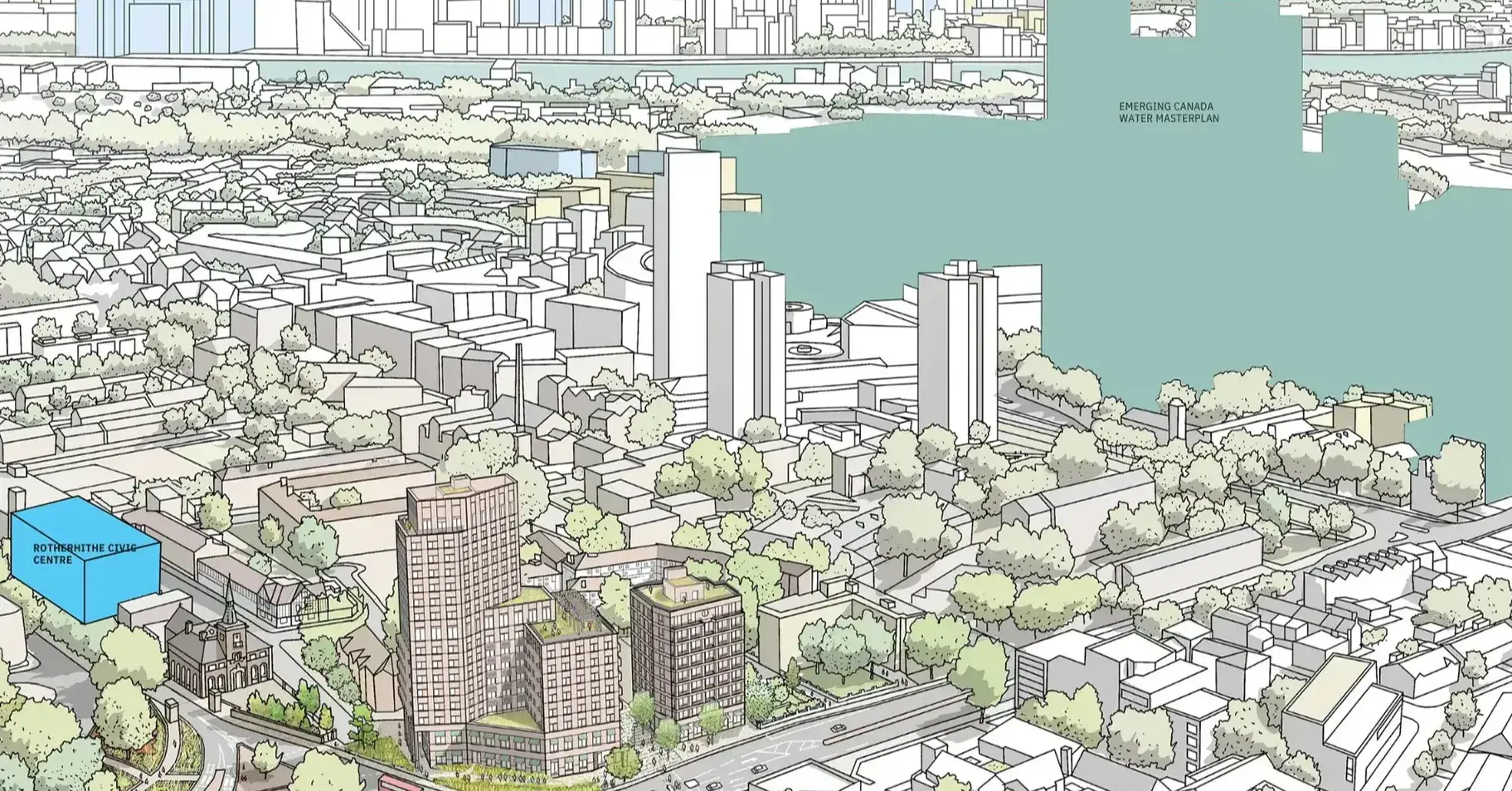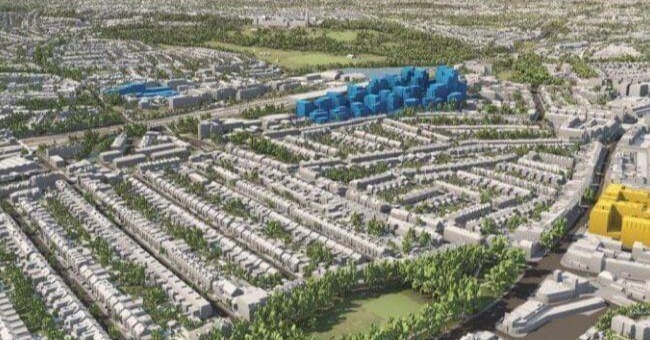Towers peak as the agenda for tall buildings shifts
Growth in London’s tall building proposals has plateaued for the fourth year in a row as safety legislation, tightening sustainability requirements, economic and political turbulence, changing work and living patterns transform priorities, according to New London Architecture’s Tall Buildings Survey 2023 (researched by Knight Frank, supported by VU.CITY).
Proposals peaked at 587 in 2021 and are slightly fewer in 2022 at 583. Permissions granted rose from nine in 2021, to 20 in 2022. Six proposals were refused. Totals in 2019 and 2020 were 541 and 525 respectively, while the first survey in 2014 recorded 236 tall buildings. Have we reached ‘peak tower’? It seems unlikely given London’s needs and growing population.
Viability is key, however, in addition to the new trends impacting tall buildings. Severe economic and political turbulence continues to suppress markets. Declining values, hammered by rising interest rates post last year’s mini-budget, continue to frustrate developers trying to recover viability.
Enhanced Safety and Improved Sustainability Credentials
Viability became even harder to find when in January, the Mayor of London required buildings more than 30 m tall (12 storeys) to include a second staircase. Then in July, DLUHC Secretary Michael Gove announced buildings over 18 m (seven storeys) containing at least two residential units, would need a second staircase. As a response to the Grenfell tragedy these measures are welcome. But they required expensive rethinking of all ‘tall’ buildings proposed prior to these changes.
Shortly after, in August, Mr Gove upheld Westminster’s refusal of consent for Marks & Spencer’s redevelopment proposals on Oxford Street, signalling a fundamental shift in attitudes to carbon performance. The trend for embedded carbon to be preserved and carbon-in-use to be minimised looks set to become a material planning matter - and desired by major occupiers.
Performance-based design is a must, to achieve a ‘sustainable skyline’ and a ‘compact city’, which tall buildings help deliver by making more efficient use of scarce land even though their carbon content may be high. Maintenance, affordability in operation, and wellbeing post-Grenfell, are all much higher priorities. Quality is in.
The Building Safety Act 2022 becoming law on 1 October, introduces a new regime for clients, contractors and architects in how a building is specified, delivered and certified, with all parties linked by a ‘golden thread’ of recorded decisions. There may be beneficial side-effects in sustaining the specification agreed with the client, contractors and approved in the planning process. Quality and safety must be sustained.
Navigating the planning patchwork
London remains a patchwork of local policies adding to complexity for designers and developers. The London Plan 2021 required boroughs to identify locations suitable for tall buildings with local definitions and heights. But boroughs lack the resources to generate policy in detail, or draw up more detailed frameworks and design codes. Acceptable heights are negotiated site-by-site. This may take time, but there can be benefits to the flexibility afforded. Go higher, get more homes, and hopefully increase viability.
London’s date with density is still on
There are bright spots. The Bank of England ended a run of 14 successive interest rate rises and stuck at 5.5% in September. A glimmer of light at the end of the tunnel?
For residential, London’s shortage of homes and land, and persistent population growth means pressures to increase density intensify. Sales values may fall (especially after adjusting for inflation) but rents are soaring, fuelling proposals for mid- to high-rise schemes for Build to Rent. Also new configurations for tired retail assets may introduce some new elements to taller buildings in the right locations.
Meanwhile, the City is seeing a significant uptick in applications for tall buildings – locally defined as more than 75 m tall - as the market responds to post-covid working and business relocations. The flight to quality in location, sustainability, wellbeing and new styles of working, is slowly transforming London’s office market, while ‘stranded assets’ are being eyed by hungry, or distressed, owners and developers.
If you’ve bought a site and are navigating planning and tendering, the unavoidable order is keep calm and carry on reconfiguring, finessing and re-presenting the scheme, using increasingly sophisticated digital tools to do that. Carrying on, because the timescales involved in negotiating a consent can last longer than market storms, and London’s fundamentals have not changed. ‘A rising tide lifts all boats’ is an old property adage. That moment is over the horizon, but from a tall building you may get the first glimpse of it.
- Read more related content here
- Find out how VU.CITY can help navigate these tall building challenges here
- Book a demo of VU.CITY with one of our experts
VU.CITY Case Studies
See how leading built environment experts are using VU.CITY
Shape Tomorrow’s Cities, Today.
Begin Your Free Trial Now.

-1.webp)


